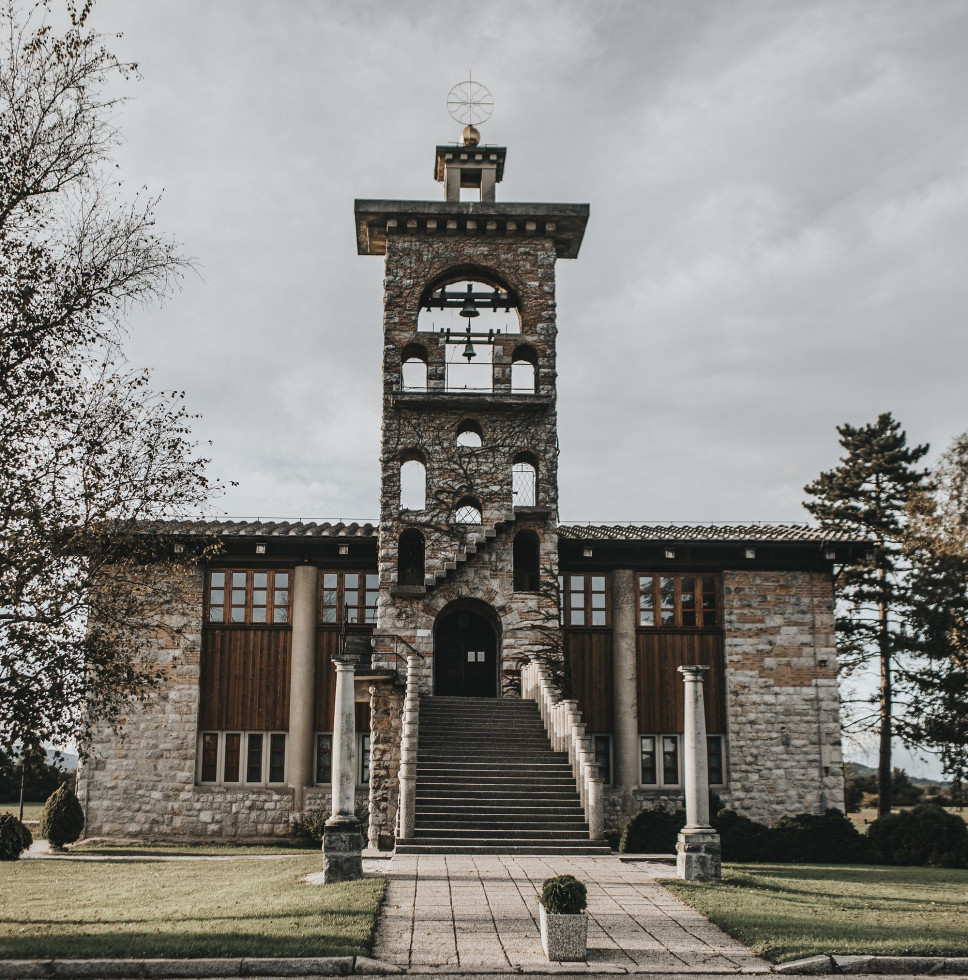Selected works of Plečnik in Ljubljana included on the World Heritage List
At its 44th session that began on 16 July 2021, the World Heritage Committee followed the recommendations of the International Council on Monuments and Sites (ICOMOS) and inscribed the selected works of Plečnik on the World Heritage List. On 4 June this year, ICOMOS positively evaluated the nomination of the selected works of Plečnik in Ljubljana, thus fully confirming the validity of the proposal for inscription. The session of the 21 States Parties of the World Heritage Committee, which is taking place under the leadership of China in Fuzhou, China, and online, will end on 31 July 2021.
Justification for the inscription of Plečnik's works on the World Heritage List
By being inscribed on the list, the selected works of Plečnik in Ljubljana have been recognised as having outstanding universal value. Monuments and sites of significance for all humankind now include the works that constitute the monument site created in the short period between the two World Wars as a result of the architect's interventions in the urban fabric of Ljubljana. In designing the interventions, he started from the already built city and, taking into account its qualities, the topographical features of the area and past architectural achievements, connected and upgraded it into a recognisable whole, which today is also known as "Plečnik's Ljubljana".
The selection of works included in the list comprises seven components: the city's water axis (the Ljubljanica River embankments and bridges from Trnovski pristan to the Ljubljanica Sluice Gate) and the Trnovo Bridge; the land axis (Vega Street (Vegova ulica) with the National and University Library, Congress Square with Zvezda Park); the arrangement of the archaeological park (the Roman wall); the city of the dead complex (Plečnik's Žale Cemetery – the Garden of All Saints); and churches in rural (St Michael's Church in Črna vas) and working-class suburbs (Church of St Francis of Assisi in Šiška). All the works are characterised by a distinctive architectural language, the discovery of the context of the city, the diversity of meanings and functions, the economy of interventions and, above all, human-centred design. In line with the personal, deeply humane vision of the architect who transformed the former provincial city of the empire into a symbolic national capital.
As ICOMOS wrote in its evaluation of the nomination, Plečnik’s approach to transforming the city is based on the reformist architectural movements of the early 20th century, an approach that is currently underrepresented on the World Heritage List. Unlike contemporary modernism, it draws on completely different architectural starting points. The emphasis is on a high-quality public space which the architect upgraded with major and minor adjustments and integrated into a series of squares, parks, streets, promenades and public buildings (a library, churches, markets, a cemetery complex). The redesign is not based on radical renovation, but on complementing the space with the individual experience in mind. New designs that include architectural reminiscences and transform the existing network of the city invite us to engage in dialogue and identify with the city, and create a new type of urban space and architecture.
The selected buildings, complexes and spatial arrangements meet the criterion "to be an outstanding example of a type of building, architectural or technological ensemble or landscape which illustrates (a) significant stage(s) in human history". At the same time, they also meet authenticity and integrity requirements, enjoy legal protection and are under management. All three make up the pillars of the concept of outstanding universal value on a global scale.
More on Plečnik's works at slovenia.info


